The war raging in Sudan for over a year has plunged the country into a humanitarian crisis of devastating proportions, largely overshadowed by conflicts in Ukraine and Gaza. Yet, the figures are alarming: nearly 9 million people displaced, including more than a million who have fled the country, and thousands dead.
At the UN, US Ambassador Linda Thomas-Greenfield painted a grim picture of the situation. According to the diplomat, « three-quarters of a million people are facing famine. People are eating dirt to survive and relying on tree leaves for food. » This description highlights the urgency of concerted international action.
The promise of $203 million in aid from the United States aims not only to alleviate immediate suffering but also to prevent regional destabilization. Neighboring Chad, already fragile, has seen tens of thousands of refugees pour in, straining its limited resources.
Despite the scale of the crisis, the international response remains insufficient. The UN has received only 6% of the $2.7 billion requested to meet humanitarian needs. This chronic underfunding risks aggravating the situation and extending the crisis beyond Sudan’s borders.
Linda Thomas-Greenfield’s call for a political solution underscores the current impasse. The spiral of violence and suffering risks continuing indefinitely and could have devastating consequences for the entire region if a ceasefire and negotiations are not undertaken.
This Sudanese crisis highlights the limits of international attention, often focused on a limited number of high-profile conflicts. It also raises questions about the international community’s ability to simultaneously manage multiple large-scale humanitarian crises. R.I













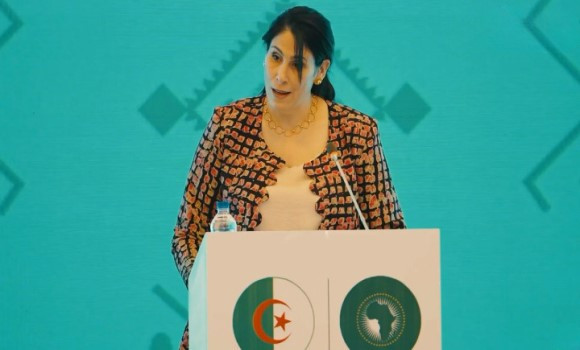
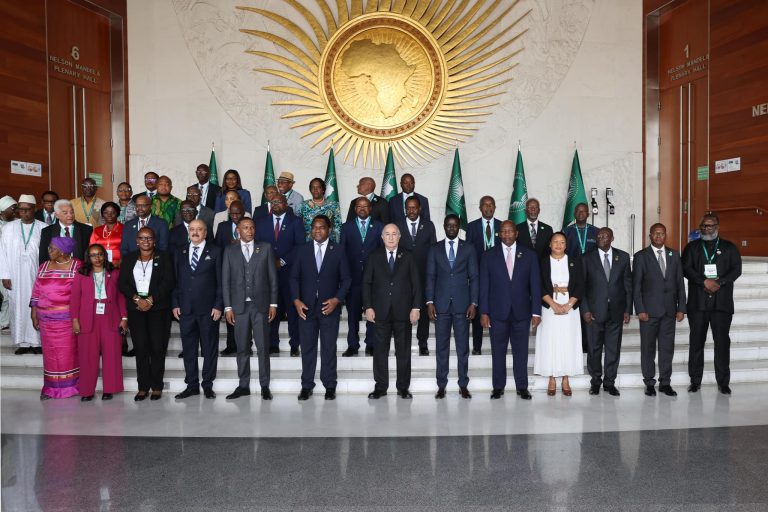
+ There are no comments
Add yours